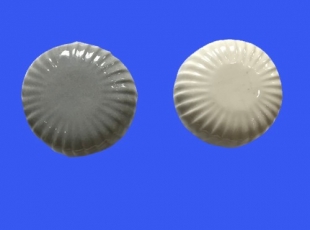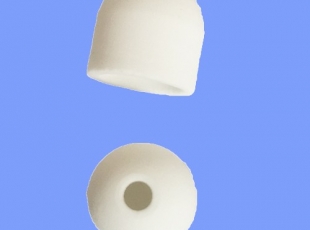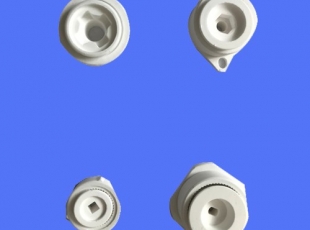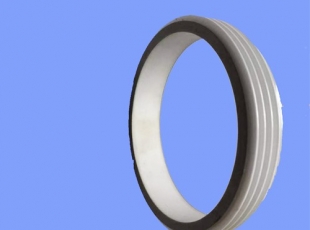What is the difference between alumina ceramics and ordinary ceramics?
Alumina ceramic is a kind of ceramic material with alumina (Al2O3) as the main body, which is used in thick film integrated circuit. Alumina ceramics have good conductivity, mechanical strength and high temperature resistance. It should be noted that ultrasonic cleaning is required. Alumina ceramic is a kind of widely used ceramic. Because of its superior performance, it has been used more and more widely in modern society, meeting the needs of daily use and special performance.
Alumina ceramics can be divided into high-purity type and common type.
High purity alumina ceramics with Al2O3 content of more than 99.9% are usually made into molten glass instead of platinum crucible due to their sintering temperature of 1650-1990 ℃ and transmission wavelength of 1-6 μ M. they can be used as sodium lamp tubes by their light transmittance and alkali resistance. They can be used as integrated circuit substrates and high-frequency insulation materials in the electronics industry.
According to the content of Al2O3, ordinary alumina ceramics can be divided into 99, 95, 90 and 85 ceramics. Sometimes, alumina ceramics with Al2O3 content of 80% or 75% can also be classified as ordinary alumina ceramics. Among them, 99 alumina ceramic materials are used to make high temperature crucible, fire-resistant furnace tube and special wear-resistant materials, such as ceramic bearing, ceramic seal and water valve plate, etc.; 95 alumina ceramic is mainly used as corrosion-resistant and wear-resistant parts; 85 ceramics can be sealed with molybdenum, niobium, tantalum and other metals, and some of them can be used as electric vacuum devices.
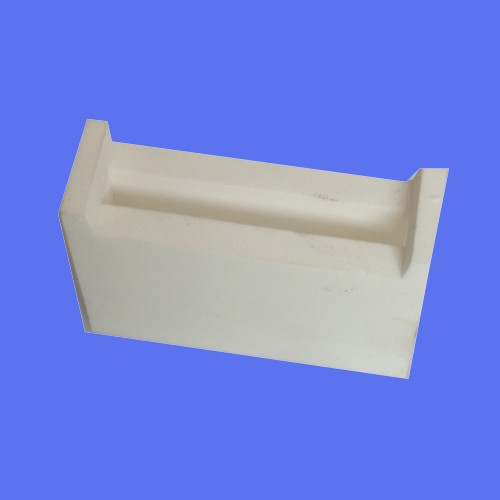
The forming methods of alumina ceramic products include dry pressing, grouting, extrusion, cold isostatic pressing, injection, casting, hot pressing and hot isostatic pressing. In recent years, many molding technologies have been developed at home and abroad, such as pressure filtration molding, direct solidification molding, gel casting, centrifugal grouting molding and solid free molding. Different products with different shapes, sizes, complex shapes and precision need different forming methods.
1. High hardness
According to the determination of Shanghai Silicate Research Institute, Chinese Academy of Sciences, its Rockwell hardness is hra80-90, which is next to diamond in hardness and far exceeds the wear resistance of wear-resistant steel and stainless steel.
2. Excellent wear resistance
The wear resistance is 266 times that of manganese steel and 171.5 times that of high chromium cast iron. According to our more than ten years of customer tracking survey, under the same working condition, the service life of the equipment can be extended at least ten times.
3. Light weight
Its density is 3.5g/cm3, only half of that of steel, which can greatly reduce the equipment load.
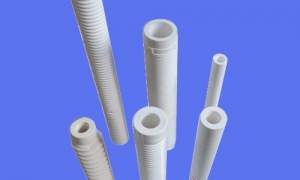
What are the sintering and functions of alumina ceramics?
The strength of alumina ceramics is only a millionth different from that of diamond. However, if alumina ceramics and wear-resistant steel, or stainless steel plates are used to develop wear resistanc...
Time of publication:2019-12-19
Changes of alumina ceramic structure at high temperature
Alumina ceramics is a kind of ceramics with alumina as the core, which is characterized by super high hardness, light weight, high heat conduction, high brittleness and wear resistance. Because cerami...
Time of publication:2019-12-18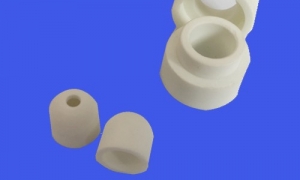
Toughening technology of alumina ceramic ring
Toughening technology of alumina ceramic ringMetal materials are easy to produce plastic deformation, because the metal bond is not directional. In ceramic materials, the bond between atoms is covalen...
Time of publication:2019-12-14
Injection molding of alumina ceramic tube
Alumina ceramic tubes have excellent properties such as high mechanical strength, wear resistance, corrosion resistance, high temperature resistance, high thermal conductivity and resistivity. They ar...
Time of publication:2019-12-10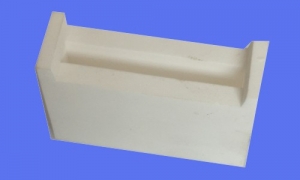
What is the difference between alumina ceramics and ordinary ceramics?
Alumina ceramic is a kind of ceramic material with alumina (Al2O3) as the main body, which is used in thick film integrated circuit. Alumina ceramics have good conductivity, mechanical strength and hi...
Time of publication:2019-12-10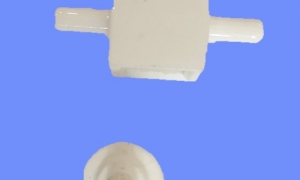
What can alumina ceramics be used for?
Application of alumina ceramics 1. Mechanical The bending strength of Al2O3 sintered products can reach 250Mpa, and that of hot pressed products can reach 500MPa...
Time of publication:2019-12-09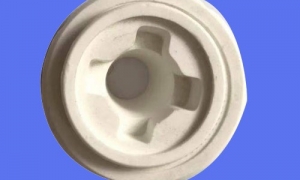
What are the preparation methods of alumina ceramics?
Preparation of alumina ceramics 1. Preparation of powderAluminum oxide powder is prepared into powder materials according to different product requirements and different molding pr...
Time of publication:2019-12-09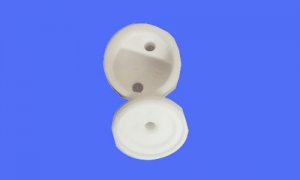
Introduction of sintering process of alumina ceramics
Introduction of sintering process of alumina ceramics 1. Atmospheric sinteringSintering at atmospheric pressure means that materials are sintered under atmospheric pres...
Time of publication:2019-12-09
Column navigation/Column menu
1What are the sintering and functions of alumina ceramics?
2019-12-19

2Changes of alumina ceramic structure at high temperature
2019-12-18

3Toughening technology of alumina ceramic ring
2019-12-14

4Injection molding of alumina ceramic tube
2019-12-10

5What is the difference between alumina ceramics and ordinary ceramics?
2019-12-10

6What can alumina ceramics be used for?
2019-12-09


